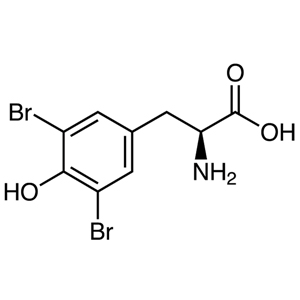HYPOTHESIS
In this project we will be exploring the enzymes which regulate pyruvate metabolism in the human body. We will use biochemical and mathematical methods to analyse the protein-protein interactions that occur within the pathway. Studying these interactions will allow us to investigate the causes of pyruvate dehydrogenase complex deficiency, a rare metabolic disorder affecting the body's ability to convert of pyruvate to acetyl-CoA for energy generation. Furthermore, we will be analysing the effect of a lipoic acid diet on the build-up of lactic acid, a major characteristic of pyruvate dehydrogenase complex deficiency.
We hypothesise that a high lipoic acid diet will be effective in reducing lactic acid build up in the body, therefore reducing complications involved with pyruvate dehydrogenase deficiency.




